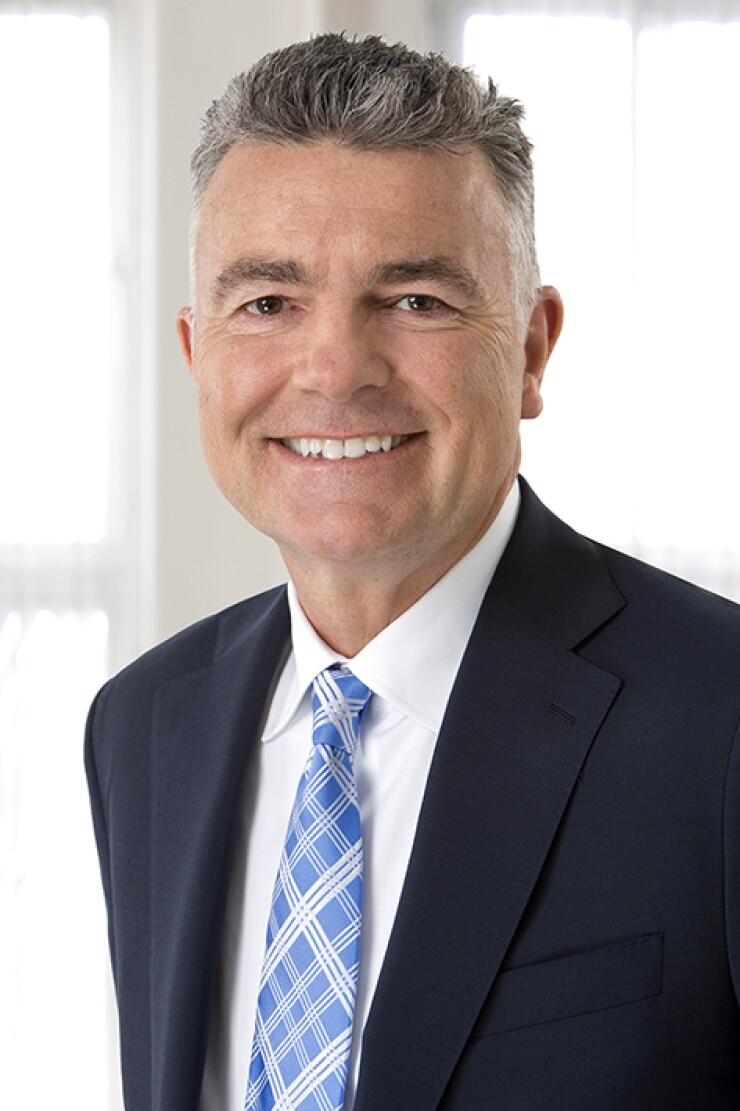SAN FRANCISCO — “Fiduciary,” “DoL” and “consolidation." Count these among the most frequent words tripping off the tongues of executives speaking on panels, over coffee and in elevators, at the Financial Services Institute's annual OneVoice conference.
And that's a problem, Pershing’s head of global client relationships, James Crowley, said in an interview. The current, obsessive focus on these buzzy subjects is obscuring more important trends in the financial services industry.
In particular, the rapid growth many successful firms have been undergoing recently has pushed them to a new level of complexity that they need to face and fix in order to achieve profitability and compete, he thinks.


“The headline is business transformation,” Crowley says. To grow profitably and to thrive, firms must think hard about becoming more streamlined — the quicker the better, he urged.
UNINTENDED CONSEQUENCES
Overall, firms’ rush to expand has had unintended consequences.
-
The independent broker-dealer industry could lose a third of its brokers and many of its smallest firms, experts predict. What does that mean for survivors?
June 1 -
Close scrutiny of data from the nation’s largest IBDs reveals some surprising shifts, with more to come.
June 1
The drive “to create revenue growth has created a more complex operating structure,” Crowley says. “Over the years, [firms] have brought in multiple turnkey asset management platforms. They’ve allowed for multiple CRM applications. They’ve allowed for multiple aggregation tools,” Crowley said. "They’ve brought on a new OSJ, done an acquisition and, so as to not to disrupt those businesses in the process, they’ve allowed for their operating environment to become more complex.”
All this means operations have become stultifyingly complicated, he adds. It also has hurt operational efficiencies.
“Now it’s hard to do surveillance, hard to do data warehousing, hard to allow one platform to talk to another,” Crowley says.
‘1% MARGIN IS A GROCERY STORE’
Firms "have put themselves in a position whereby they are in a crisis mode. It’s come to a head" and driven margins down to the bone, he adds.
A "1% margin is a grocery store," he says.
But the smartest firms have recognized the dilemma they find themselves in and are taking a step back.
“They’re dissecting and wondering how to simplify,” Crowley says. “They’re going to have to make some challenging decisions along the way. [These decisions] might include eliminating some of the product choices. They might include eliminating the technology choices. They might include changing the compensation model. Those are some pretty big things.
“Firms, large and small — and medium — are going to be making some bold changes," he predicts, "in their operating models, in their product choice, their product solutions to drive efficacy, [in order to] create scale, a better client experience and a better investor as well.”
.






